Moon as Muse: Centuries of Artistic Interpretations of Earth’s Mysterious Satellite
Through around 60 historical and contemporary objects, Lunar Attraction at the Peabody Essex Museum in Salem considers the enduring artistic curiosity for the mysteries of the moon.

SALEM, Mass. — As demonstrated by the metal cosmic forms on the 3,600-year-old Nebra Sky Disk, unearthed in Germany in 1999, humans have been visually reacting to the moon for an incredible length of time. The cultural responses to Earth’s only natural satellite have ranged from the Japanese folkloric figure of a rabbit in the moon making mochi, to contemporary work like the “Moonwalk Machine” designed by Sputniko! to walk on the lunar surface and leave an imprint of a high-heel, referencing the fact that no woman has yet to set foot on the moon. Both, and more, make an appearance among the almost 60 objects in the Lunar Attraction exhibition at the Peabody Essex Museum (PEM) in Salem, Massachusetts.

“So few people seem to pay much attention to the moon, despite its role in our planet’s daily rhythms, human history, and as an enduring muse for artists and musicians,” Janey Winchell, PEM’s Sarah Fraser Robbins Director of the Art & Nature Center, where the exhibition is on view, told Hyperallergic. “I wanted to put the moon on stage for a bit, so people might experience Earth’s constant companion from a new vantage point, which artists do so well.”
Lunar Attraction has recent and historical art displayed together, mingled with interactive experiences that delve into its themes. “We wanted to give adults and families alike different ways of engaging with the moon, both as a physical entity and as something that has inspired countless artists from across the globe and for over a millennia,” Winchell explained. For instance, after viewing an Edo period Japanese stoneware hand warmer in the shape of a rabbit, you can create some shadow puppet theater evoking the rabbit-in-the-moon story along with other moon myths from across the globe.
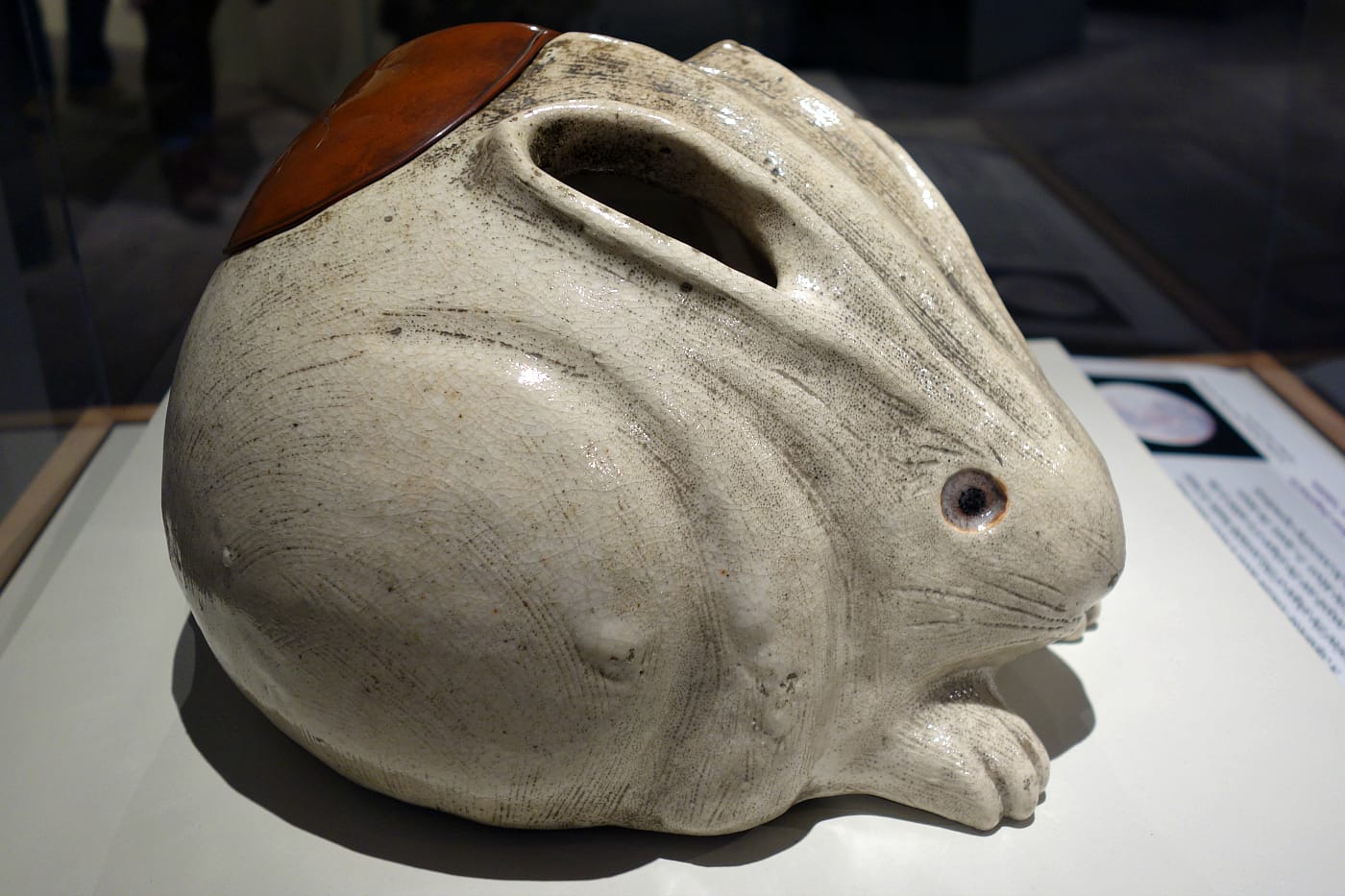
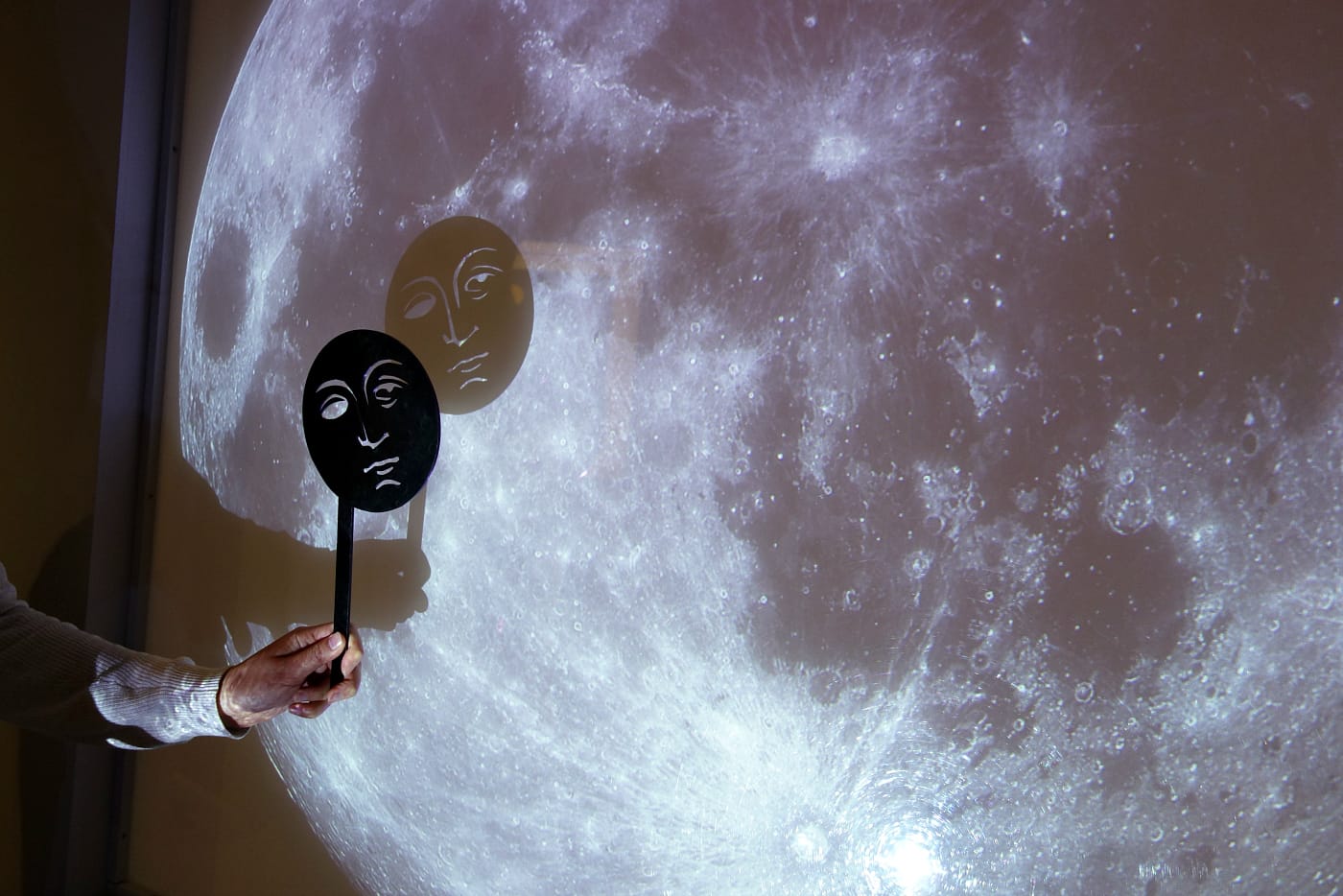
Activities in Lunar Attraction, like finding out your weight on the moon with a special scale, are definitely aimed at a young museum audience, still scientific topics such as the moon’s influence on our tides are also engaged more conceptually. Centered in the gallery is Adrien Segal’s “Tidal Datum” (2007), a literal “tide table” that uses curved steel bars positioned through its wood to chart a month of the rise and fall of the San Francisco Bay over the course of one lunar cycle. Alongside the work — and revealed by drawing back a curtain — there’s a delicate 1713 illustration of a solar eclipse by Edward Holyoke, showing the moon with a human face. Each of these objects contributes to a centuries-long narrative on scientific observations merging with artistic speculation.
It may seem a bit nostalgic to focus on the moon, when the Apollo missions are decades in the past, and although Elon Musk is promising imminent SpaceX trips for space tourists, the scientific funding for epic space expeditions is meager. Yet the moon remains an exploration goal, an optimistic beacon, and Lunar Attraction features moon architecture that could soon rise on its distant surface, such as the European Space Agency’s plans for a lunar base by the 2030s.
“In 2017, as nations around the world jockey to establish a presence on the moon of some sort in the coming decade or so, it seems a given that permanent human structures will be visible on the lunar surface in the not-too-distant future,” Winchell said. “That vision really captured my imagination as a curator.”
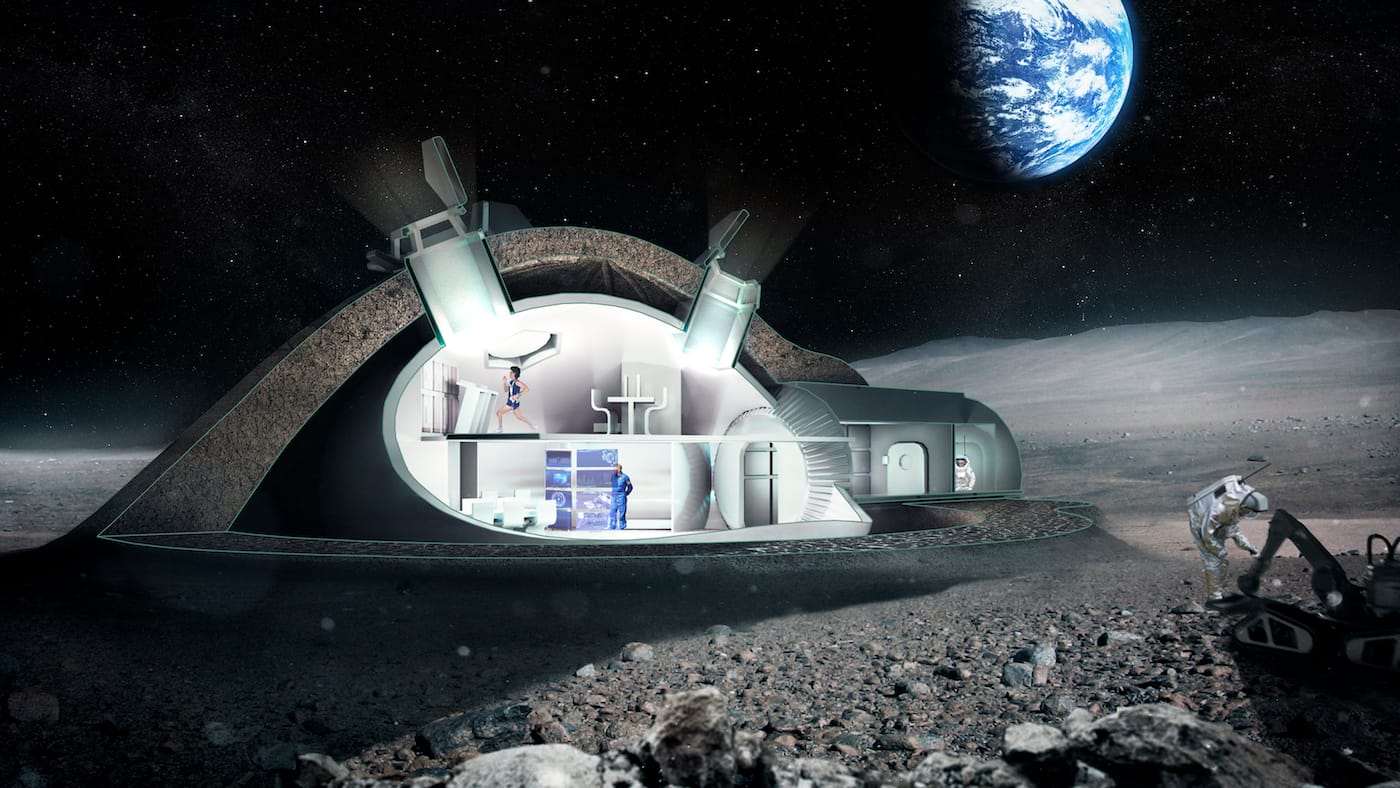
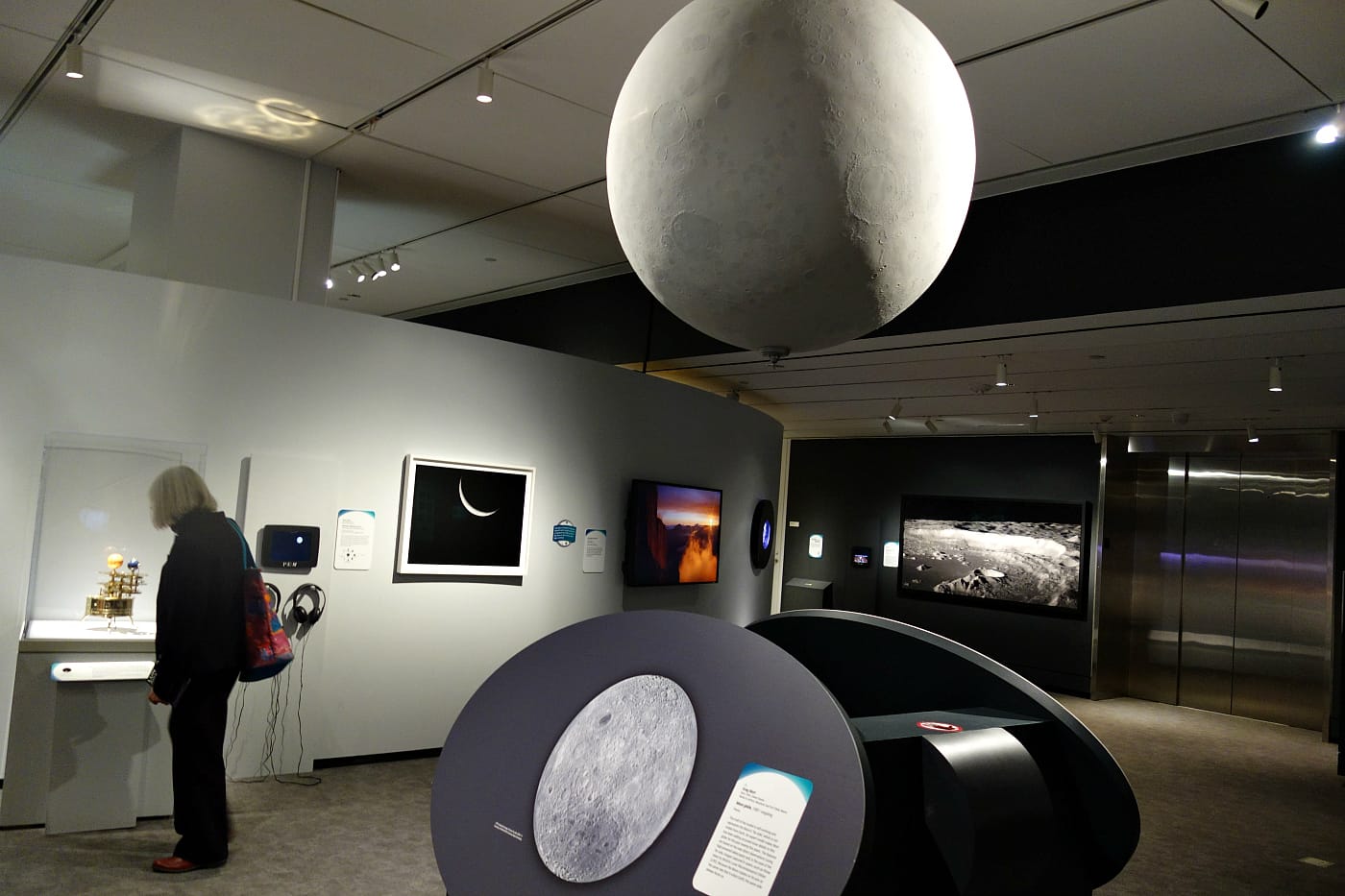
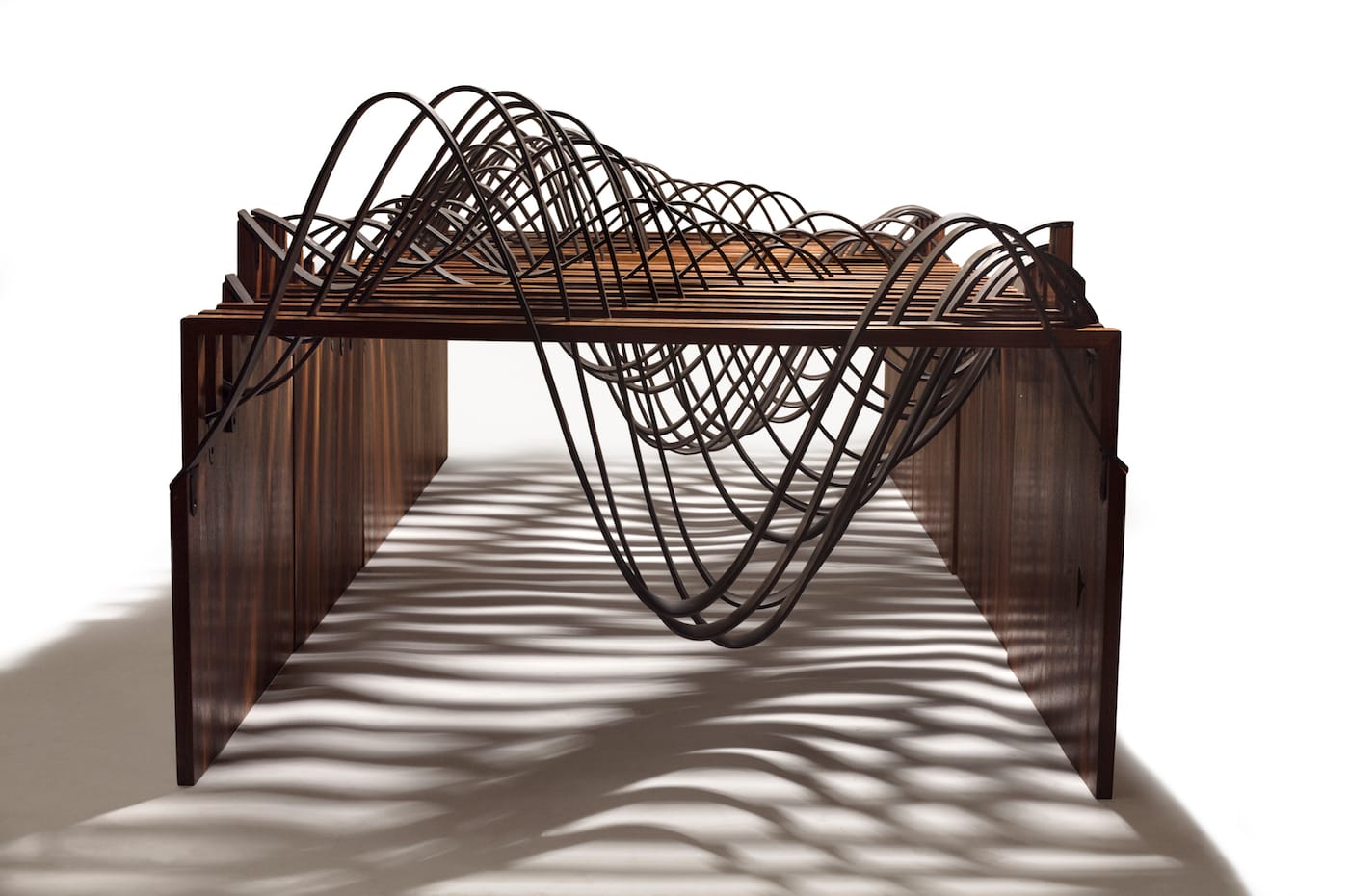
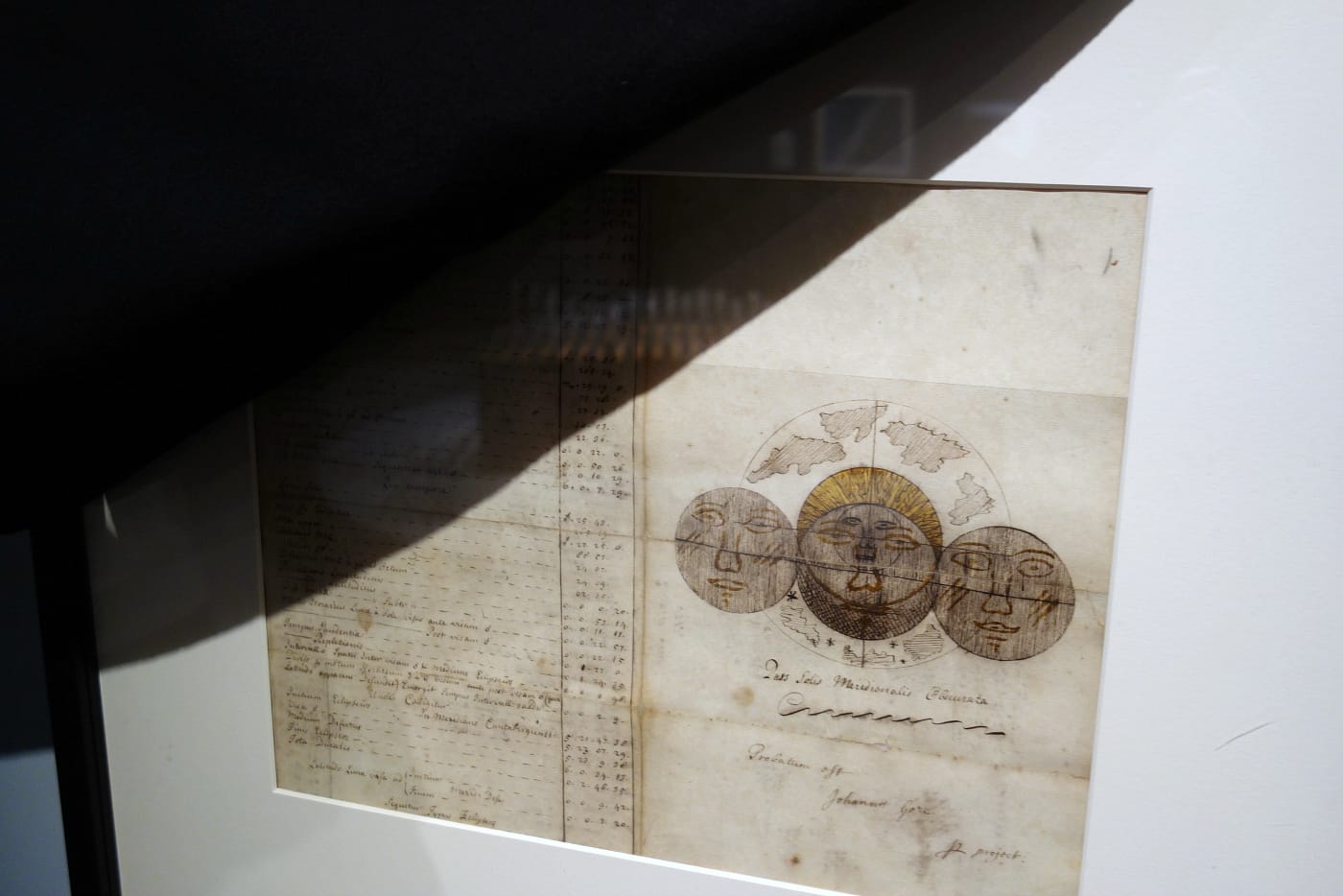

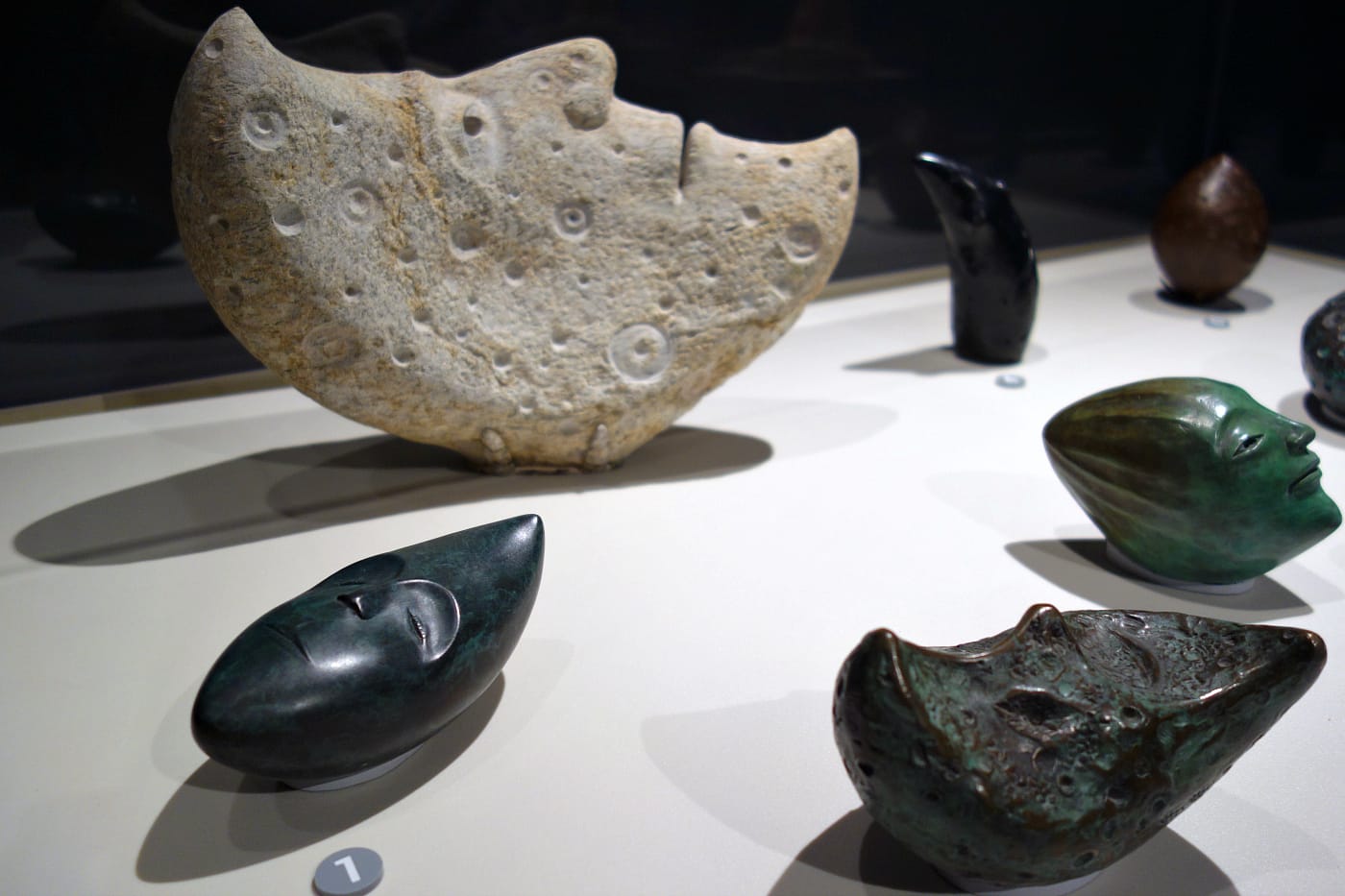
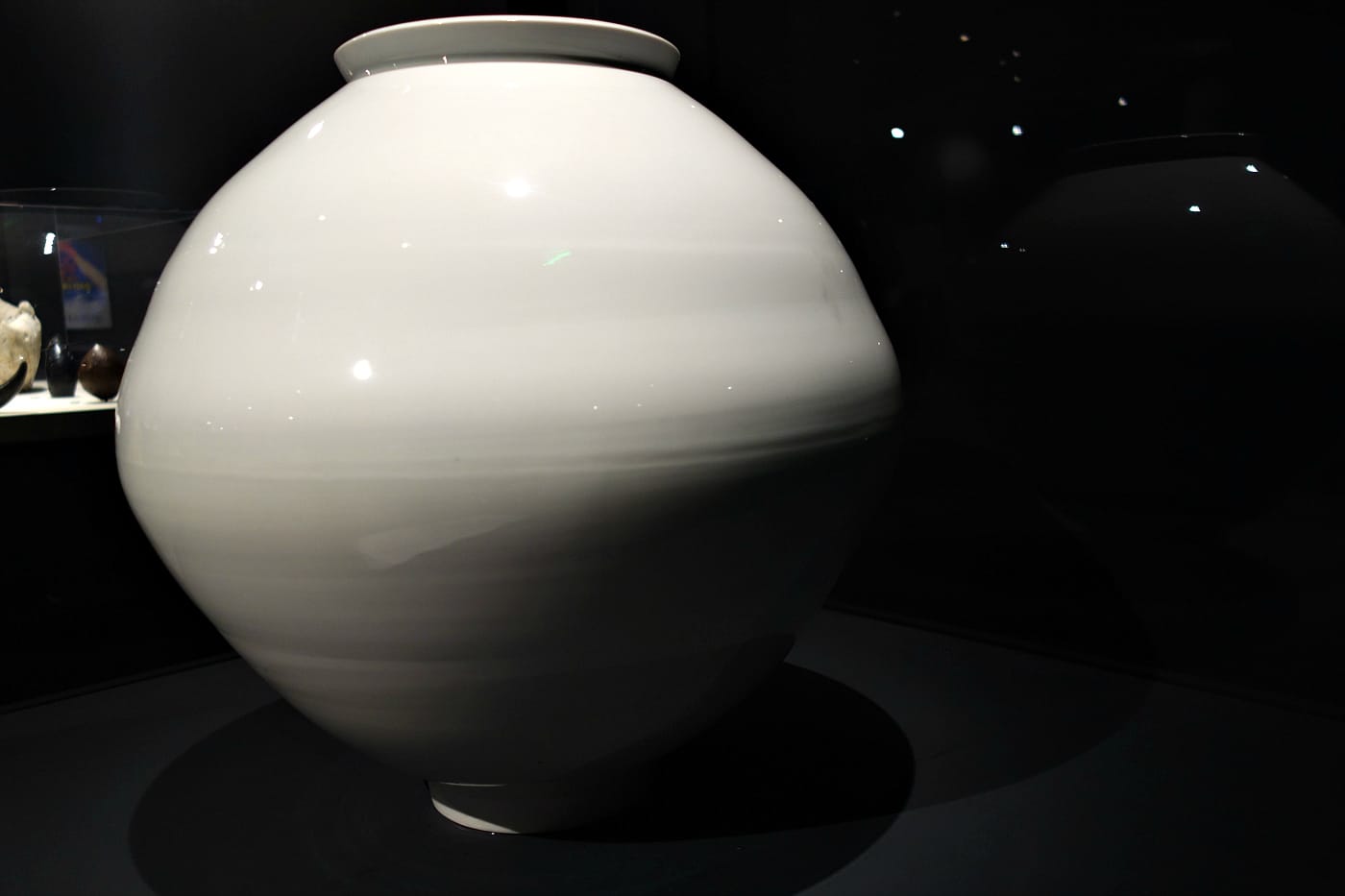
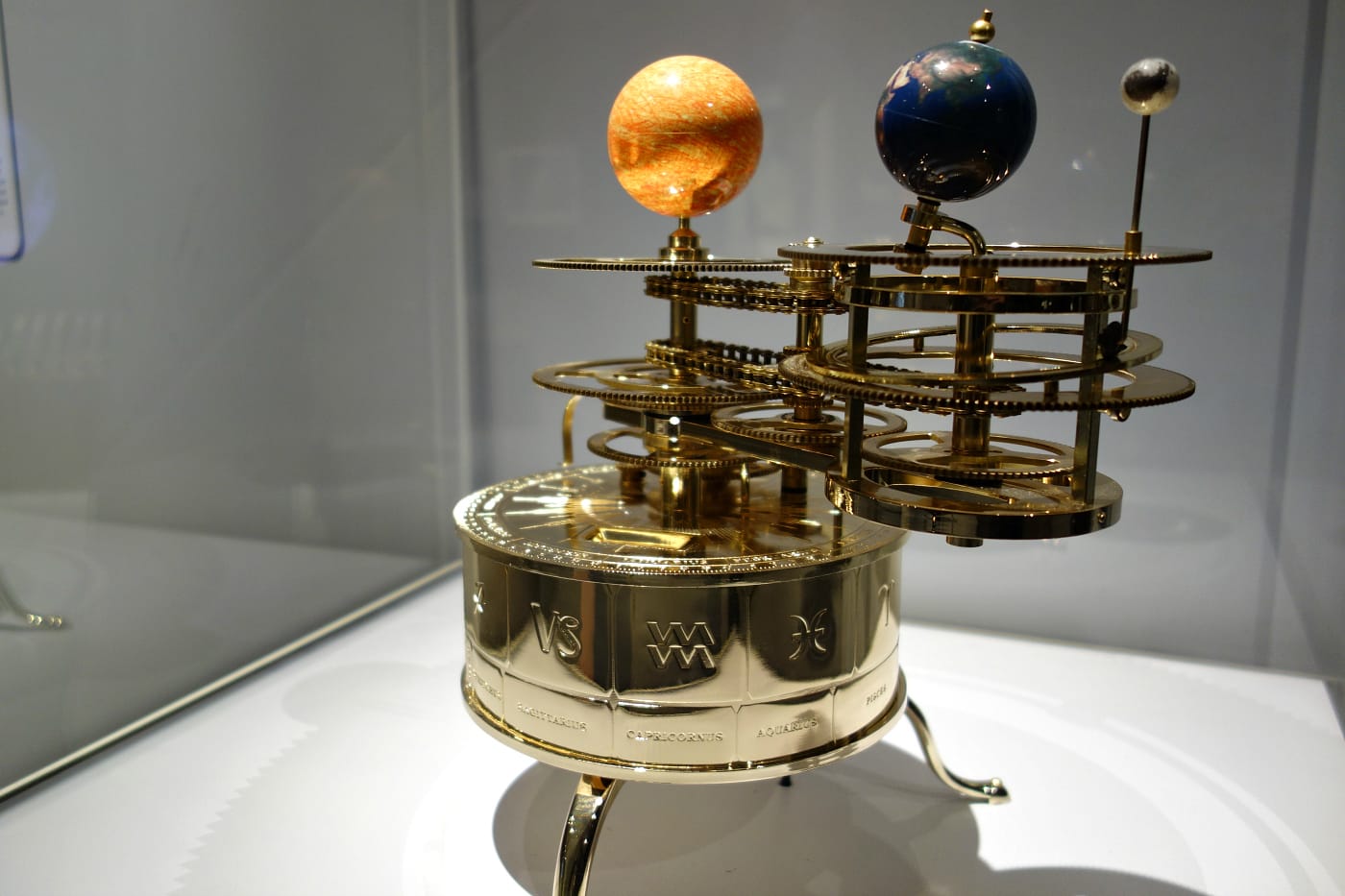


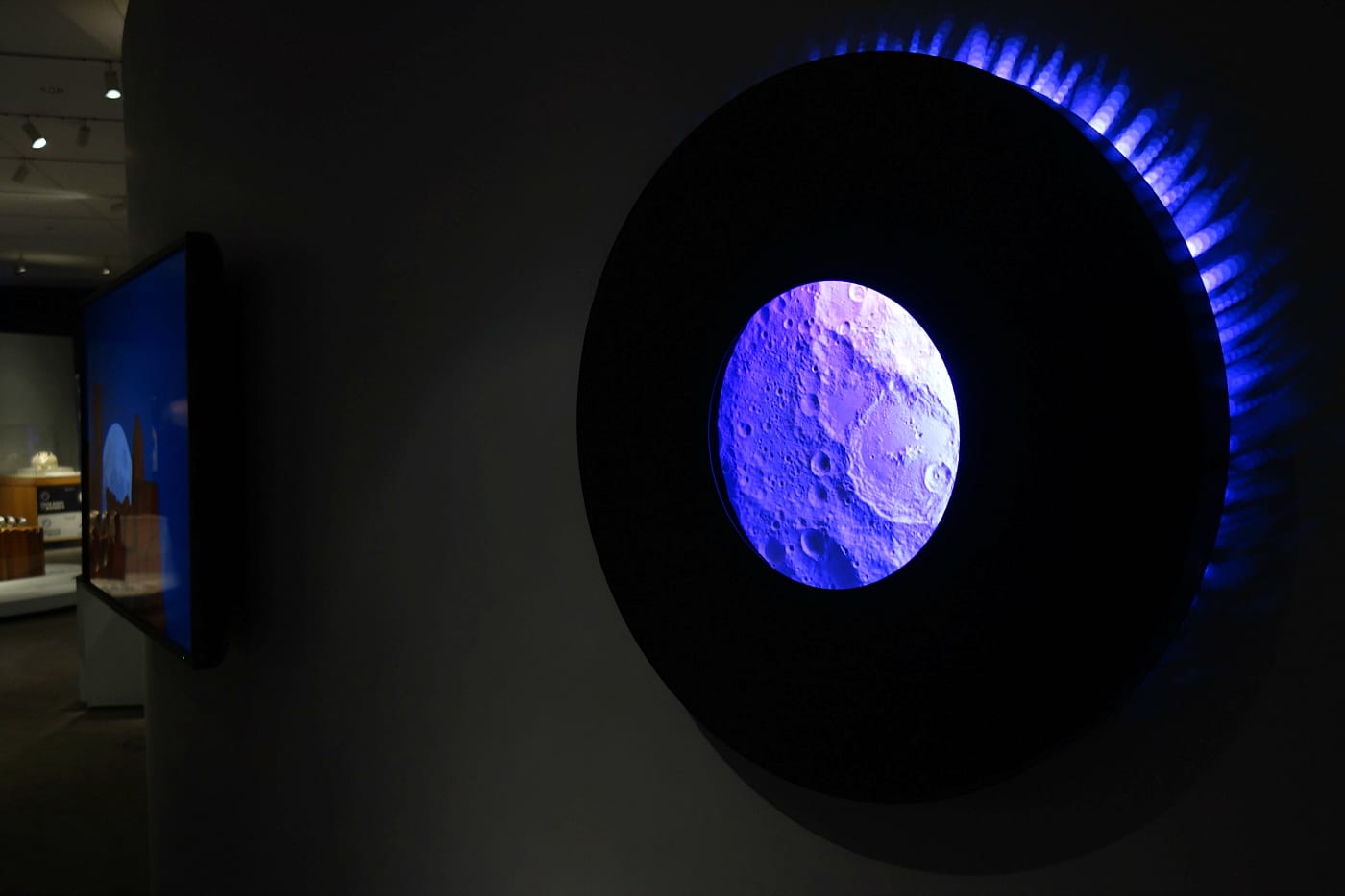
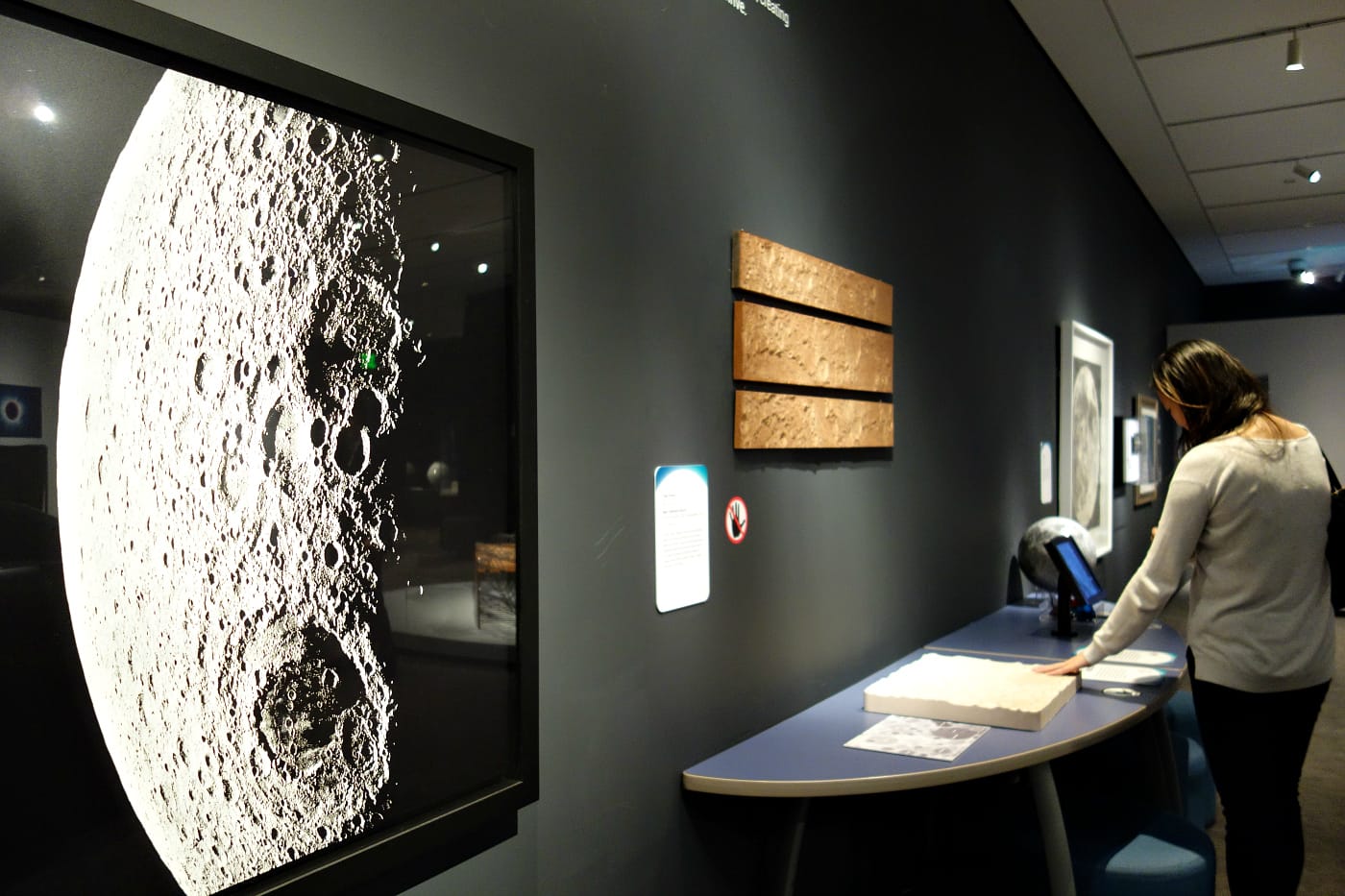
Lunar Attraction continues through September 4 at the Peabody Essex Museum (East India Square, 161 Essex Street, Salem, Massachusetts).





